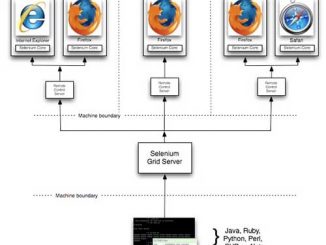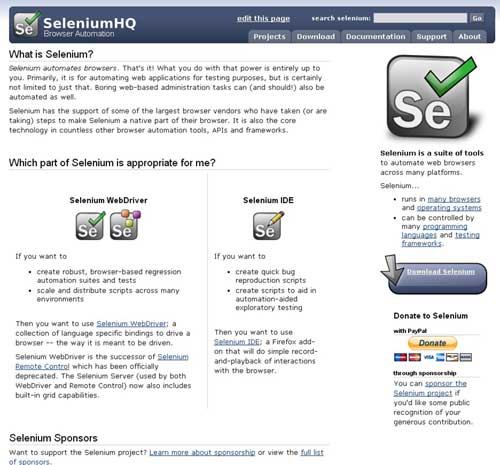Tutorials and resources on how to use the open source Selenium testing tool to perform test automation in software testing.
As software development projects adopt frequent delivery approaches like continuous integration and continuous delivery, the speed of test execution become a key factor for their successful implementation. Distributed testing might be a solution that helps improving test execution speed. This article discusses the pros and cons of a distributed testing implementation process. It will also present the Selenium Grid open source testing tool.
How many times do we test the same things at multiple layers, multiple levels, adding time to the build process and testing cycle, delaying the feedback? We know what to test and how to test, but what is the right place to test it?
The docker-selenium project is about packaging selenium grid as Docker containers https://github.com/seleniumhq/docker-selenium. To me this means I don’t have to build any selenium infrastructure machines. I just run the provided images by docker-selenium project.
Automated testing is a must nowadays. Nevertheless developers often skip writing automated UI tests because it’s tricky and boring. But now we have a simple and powerful tool that makes writing UI tests really effective. You can do this with Selenide.
Selenium tests can quickly grow in size and could become difficult to maintain, unless adhered to DRY principles to the extreme. Geb is an open source browser automation solution that brings together the power of WebDriver, the elegance of jQuery content selection, the robustness of Page Object modelling and the expressiveness of the Groovy language.
Selenium is a widely used open source tool used for software testing that provides a record/playback IDE for authoring software tests without learning a specific test scripting language. In this article, Brian Van Stone provides some best practices on how to successfully use Selenium for your test automation efforts.
This talk walks the audience step by step at building tests using the Page Object Design Pattern, making several attempts until we reach the current recommendation. We’ll see the dos, don’ts and common pitfalls. This presentation also covers the Page-Factory Design Pattern, and best practices for dealing with asynchronously and how to remove the deadly “random sleeps”.







